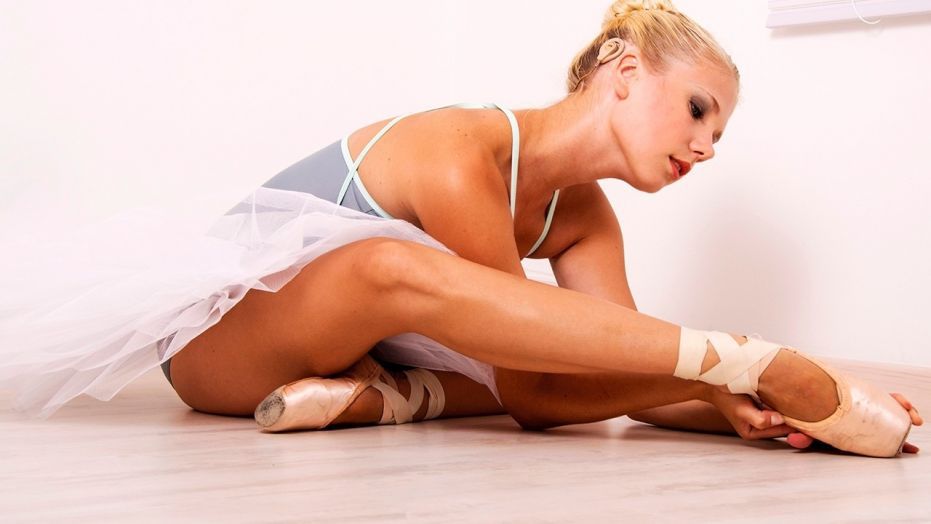Accessibility of the performing arts
It seems that the idea of accessibility in society for persons with disabilities is finally taking hold as many companies and public spaces approach us for assistance in ensuring that their premises are open to all.
The White Paper on the Rights of Persons with Disabilities, approved by Cabinet on 9 December 2015, has the vision of “a free and just society inclusive of all persons with disabilities as equal citizens” and is “intended to accelerate transformation and redress with regard to full inclusion, integration and equality for persons with disabilities”. It further states that “The National Building Regulations and Building Standards Act 1977, as well as the National Guidelines for Accessibility currently constitute the regulatory framework for accessibility to the built environment. For ay building used by the public to conform to the requirements of the National Building Regulations, its facilities must meet the standards and measurements contained in the SANS 10400-S document published in 2011.”
Directives listed in the White Paper to address these inequities include conducting universal design audits of all existing infrastructure to establish the degree of compliance with the SABS minimum norms and standards, developing a finance plan to retrofit existing infrastructure and providing incentives for universally designed barrier-free built environments.
In other words, the plan to achieve accessibility for all citizens (including those with disabilities) is in place. So pretty soon, persons with disabilities will be able to go anywhere, do anything, right? Wrong!
Access to the built environment, to communication and transportation can be legislated but sadly, personal attitudes and behaviour cannot. These are years in the making and we are under no illusions that there is a quick-fix to solving this particular hurdle! I have spoken at length in previous articles on the extent of misunderstanding, stereotypes, stigma and beliefs that exist around disability so won’t go into that again. However, the performing arts are no different to any other part of society, so these beliefs are instrumental in excluding persons with disabilities from enjoying the theatre, ballet, orchestral concerts, musical events and the like.

Simone Botha Welgemoed
Many of you may know (or know of) Simone Botha who is a member of the Bovim Ballet, recently dancing the principal role of ‘Phrygia’ in A Spartacus of Africa. Simone was born Deaf but her cochlear implant has given her the opportunity to live her dream of dancing. I applaud the Bovim Ballet for recognising that someone with a disability is fully capable of making a meaningful contribution to the company, and providing the opportunity of doing so. May other companies follow their excellent example!
Having said that, the sad fact is that there is only one theatre in Cape Town that is accessible to those with hearing loss who utilise assistive hearing technology, as Simoné does. The general perception of the public is that accessibility for persons with disabilities means ensuring that a building is accessible for wheelchairs. This automatically excludes the vast amount of people with a sensory impairment who are unable to hear musical performances. Many people with hearing loss miss the sound of music much more than being able to communicate with other people.

The Oude Libertas Open Air Theatre, Stellenbosch, Cape Town
We challenge all theatres, venues and concert halls to open their productions to people with sensory impairments. Not only will you extend your audience to a marginalised group, but you will also add value to people’s lives. Do not discount the spending capacity of persons with disabilities.
“Your words, attitudes and actions impact my life more than my disability.” – Unknown

